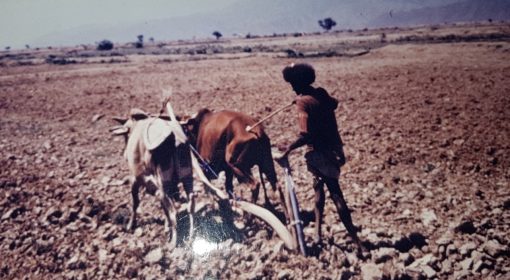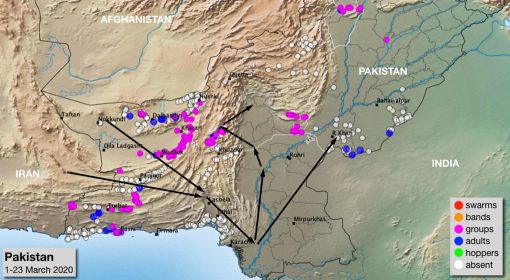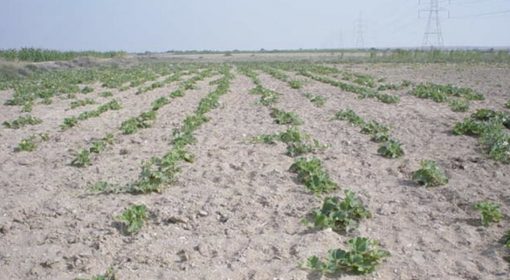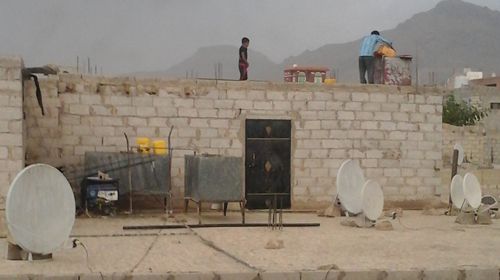Posted by Kebede Manjur Gebru, Frank van Steenbergen, and Eyasu Yazew Hagos
February 29, 2016
There is so much wisdom that goes beyond climate models and weather forecasts. As researchers, we may find ourselves sometimes wondering if in fact, official weather forecasts will ever add much to the established base of farmers’ knowledge and practices passed down from generations. Once we do have results to share, we wonder if they will have credibility or resonance with the communities we aim to work for.
A valley of fertile plains, diverse plant genetic resources and relatively untapped ground water potential. With altitudes ranging from 930 to 2800 meters above sea level and covers three climatic zones: the Kolla (lowland), Woynadega (midland), and Dega (highland). The valley receives annual average rainfall of 400-700 mm. It comes in two busts: the belg (short rainy season) rains occurring in March to May and the meher (main rainy season) rains lasting from June to September.
Although the valley is known for its endowment in natural resources, it is also known for its reoccurring droughts. Raya is not unlike many semi-arid parts of the world in that sense; rainfall is erratic. Dry spells are common, especially in the ‘small’ belg season and droughts make their appearance once every 10 years if not more, triggering different degrees of human and livestock damage which result in either migration or premature loss of life.
As elsewhere where drought is a common feature, farmers have learned to read its early signs through local seasonal weather forecasts, and to cope with it in various ways: by adjusting crop sowing dates, by flood water harvesting and by a range of soil and water management practices.
If the Nifs Arho wind blows from North to South, farmers know to expect a poor rainfall. The north direction is known for its dryness as it emanates from the Dallol depression. Another indicator is that the Acacia tree flowers broadly – this is another unmistaken indicators of drought. In such seasons, farmers tend to grow early-maturing and shorter cultivars within the same crop types that cope best with moisture stress- barley, maize, teff, chickpea, and short duration sorghum cultivars like Kodem and Jamiyoo. During drought periods, farmers also grow grain crops for animal feed rather than for human consumption.
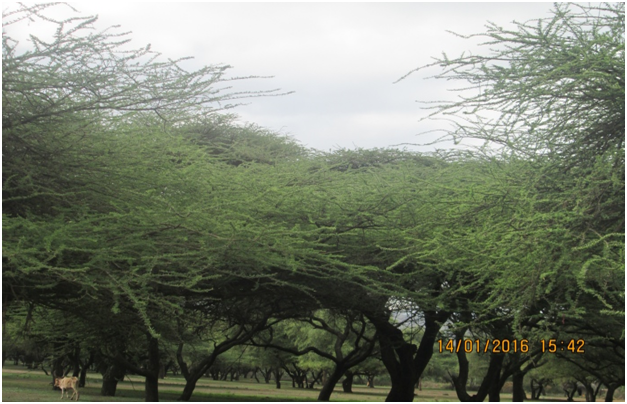 Acacia Trees: The natural meteorological stations of Raya Valley
Acacia Trees: The natural meteorological stations of Raya Valley
On the contrary, if the wind blows from West to East or South to North, the best rainfall season is anticipated. During years with such winds. During such years almost all farmers grow long-duration, high-yielding sorghum crop cultivars such as Degalit, Ganno and Aba’ere during the main rainy season. Similarly during the short rainy season farmers grow long-duration teff cultivars (locally named Magna), maize, barley and chick pea.
It is not only the rain as such but also the timing of the rain that matters. Depending on the expected arrival of the first shower, farmers sow seed. This happens typically in April, where the farmers will predict the arrival of rain in order to dry plant their sorghum. Sorghum sown in such conditions is believed to yield higher.
Although, if there is a good rain shower in March, farmers will also sow long-duration sorghum starting from the fourth week of March. But if a sowing rain appears in April, all the sorghum will be re-sowed again. Farmers with experience say that otherwise the sorghum grows too fast and will be susceptible to moisture stress in June during the dry period. The sorghum will become thin and the plant will be vulnerable to stalk borer (locally called Aso) in September.
If there is rain at the end of June it is a blessing and harvest will be good. The first flood, or furma in this period of June-July is very good for sorghum, but it is even better when a flood arrives in August too. It will result in sturdy sorghum in terms of stalk, head and grain size.
In the Harnessing Floods project, we found that the farmers we worked with already had an established base when it came to predicting the weather. Rather, they were interested in finding new practices and problem-solving their current issues, like how to retain soil moisture in the fields. The same thing held true for policy makers in Ethiopia – how can we develop the best flood-based farming systems and managed the landscape well? We should focus on building research programs around practical improvements and solutions, rather than solely relying on models and predictions. The real world is messy and we need to embrace it!
{jcomments on}
